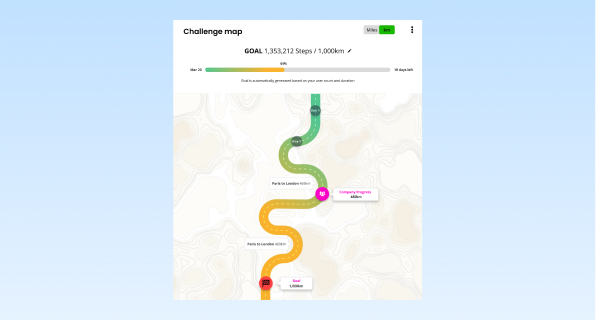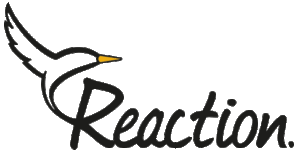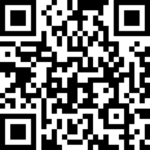To track your growth rate, the idea of setting goals, giving time limits, and having growth measurement indicators, are major factors every organization that aims at achieving success in whatever task they may be engaged with must put into top consideration.
Likewise in health and wellness team building activities, improvements in well-being and its effect on organizational growth must be taken in parallel terms. The focus of this article is to make readers and learners see the essence and benefits of setting goals and measuring success in health and wellness team-building activities.
The SMART Goals
SMART is an acronym that stands for Specific, Measurable, Achievable, Relevant, and Time-bound:
Specific
Clear-cut and specific goals. Setting specific goals will aid your direction and give a better focus on the goal. For example, areas like your target audience, what you seek to achieve, or what problem you tend to solve are very necessary.
Measurable
The goals should be quantitative and easy to measure.This includes knowing the number of participants and having track records, including fitness metrics, to have a follow-up on work progress.
Achievable
Goals should be challenging and achievable at the same time. Do not set unrealistic or unreasonable goals. Always put in place factors like the environment, employee availability, and personal preferences when considering the kind of activities to implore. In other words make your goals realistic, inclusive, and beneficial to all participants.
Relevant
The goals should meet the organization’s requirements. Do not set goals that are not relevant to the growth or improvement of the company. Set goals that are needed to achieve basic tasks and could at the same time bring solutions to employee problems or struggles.
Time-bound
The goal should be achieved in a reasonable time. Do not make your plans too long, stressful, or over-engaging. Include deadlines, which could make your team or participants work and focus. This will make them more responsive and in the long run, increase the rate of progress in the workspace.
5 Essential Methods for Measuring Success
The following methods are necessary for measuring the success of set goals, especially for wellness and team-building activities.
1. Make use of Surveys
Using before and after surveys is a very good way of receiving feedback. It can also serve as a means of gauging satisfaction and stress levels, which could have a basis for areas of improvement when engaging in such activities another time.
2. Gauge Employee Participation
This entails having a good record of employee participation to be aware of the level of participation in activities and overall engagement. This will help you to know the areas of employee interest and disinterest.
3. Have a Standard Health Metrics
Especially in occasions where we have wellness and fitness activities, it is more proper to make use of tools that will help you measure some physical features in your participants and as well a follow-up on improvement and changes.
4. Input Reference App or Platform Data
Essentially, one can input or make recommendations on fitness and wellness apps to help make your activities diverse. This gives your participants a chance to pick what suits them best.
5. Give Room for Feedback
Notably, after a series of activities, ensure to throw the floor open for feedback which could be done through discussions, or placed on the last page of their handbook. Be sure to give room for improvement when needed.
4 Compulsory Ways for Goal-Setting and Measurement
- Make your setting goals and achievements inclusive and collaborative.
- Embark on frequent monitoring and make corrections when needed.
- Cheerfully celebrate milestones and success to keep your team motivated.
- Try as possible not to have a one-way approach. Give room for adjustments as you discover more on the job.
Below are some basic examples of the studies shown by research scholars on how beneficial wellness activities are to an organization. Also, we are looking into some results to validate some of the facts written in the paragraphs.
Improvements in Employee Well-being:
Undoubtedly, research has backed the fact that there is a considerable reduction in the stress level in employees and as well a 15% increase in individual efficiency level noticed in workers who participate in wellness and fitness activities.
Increased Productivity:
Notably, several studies have shown that organizations that include wellness activities in their curriculum experience a considerable level of life 10% and more in growth and employee productivity, with a decrease in absenteeism.
Enhanced Team Dynamics:
Another research has shown that workers tend to bond, cooperate, and communicate better when they participate in wellness activities, with a possibility of 20%.
Employee Sustainability:
Lastly, companies who invest in the fitness and well-being of their workforce always are mostly likely to experience a high level of employee sustainability which helps to save the cost of recruiting.
3 Specific Ways of Tracking Data
These 3 ways among many other ways are necessary when considering the most productive and profitable ways of tracking the success and effectiveness of your wellness and fitness team-building activities.
1. Take Note of the Effective Ones
Taking note of the most successful activities will help to know the point of focus and as well which kind of other activities to include.
2. Showcase Your Impacts
Show your work! Let people know how far you have gone your improvements and your achievements.
3. Include Rewards
Use employee rewards and celebrate exceptional efforts when noticed. This will help to motivate.
Beyond facts, the process of tracking success and measuring growth helps to determine the effectiveness and the achievements of your engagement in fitness and wellness activities. This encompasses both the numerical and the non-numerical analysis and is very paramount to that many industries should indulge in this technique especially those that take the wellbeing of their workers as a priority.
Small company? Read the guide to navigating health & wellbeing programs for small companies








